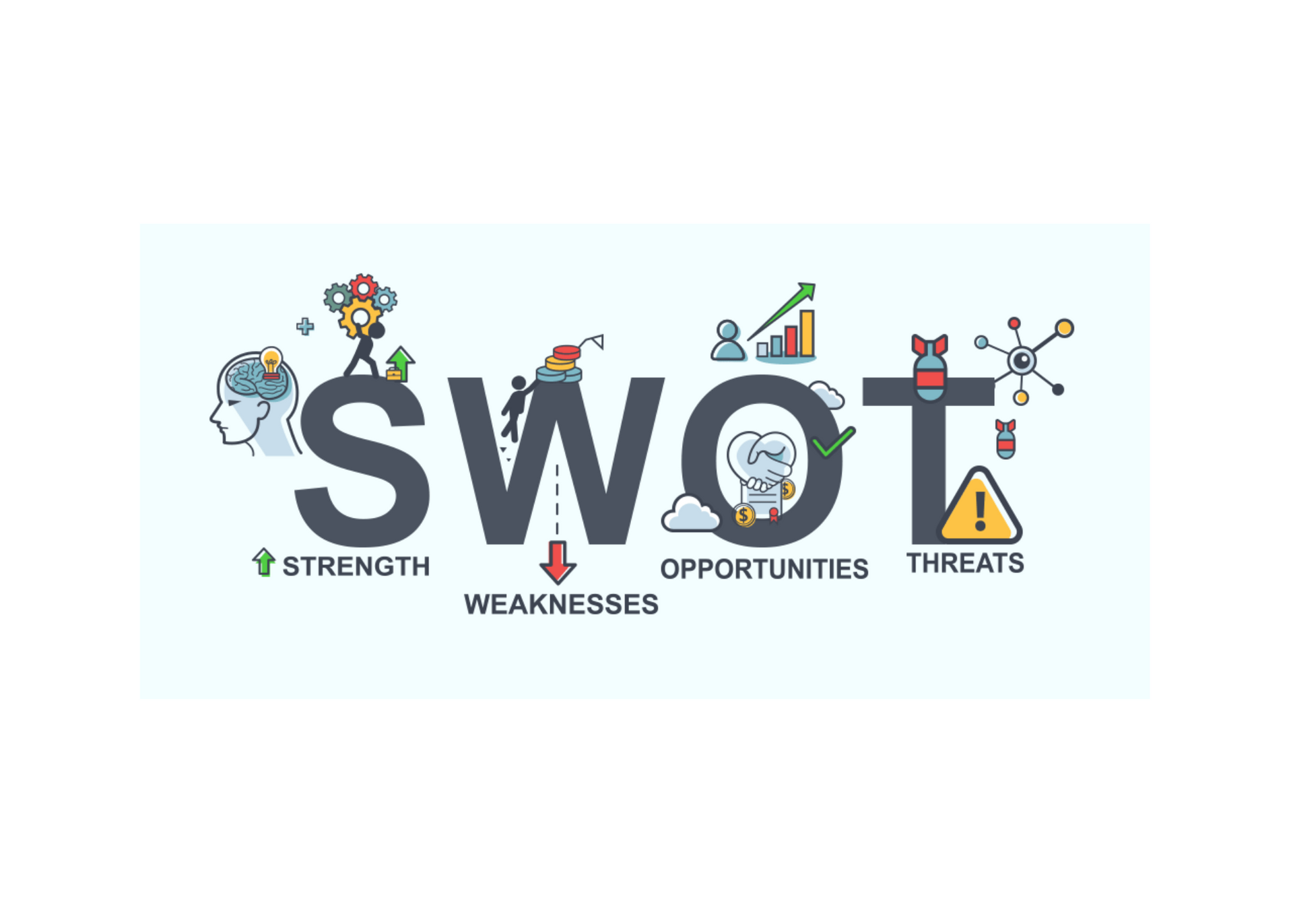Embrace Better Sleep Month
Prioritizing Your Well-Being, One Night at a Time

The month of May is Better Sleep Month! As we navigate through our busy lives filled with work, family commitments, and social engagements, it's easy to overlook the importance of quality sleep. However, May serves as a timely reminder to prioritize our well-being by getting the rest we need. In this blog, we'll explore the significance of sleep and share some practical tips to help you achieve a better night's rest.
Understanding the Importance of Sleep:
Sleep plays a crucial role in maintaining our overall health and well-being. It is during sleep that our bodies repair and rejuvenate, allowing us to wake up feeling refreshed and ready to tackle the day ahead. Lack of sleep, on the other hand, can have detrimental effects on our physical and mental health. From impaired cognitive function and weakened immune system to increased risk of chronic diseases such as obesity, diabetes, and heart disease, the consequences of sleep deprivation are far-reaching.
Tips for Better Sleep:
- Establish a Consistent Sleep Schedule: Try to go to bed and wake up at the same time every day, even on weekends. This helps regulate your body's internal clock and promotes better sleep quality.
- Create a Relaxing Bedtime Routine: Develop calming bedtime rituals such as reading a book, taking a warm bath, or practicing relaxation techniques like deep breathing or meditation to signal to your body that it's time to wind down.
- Create a Comfortable Sleep Environment: Ensure your bedroom is conducive to sleep by keeping it dark, quiet, and cool. Invest in a comfortable mattress and pillows that provide adequate support for a restful night's sleep.
- Limit Screen Time Before Bed: The blue light emitted by electronic devices can interfere with your body's natural sleep-wake cycle. Limit screen time at least an hour before bedtime to promote better sleep quality.
- Watch Your Diet and Exercise: Avoid heavy meals, caffeine, and alcohol close to bedtime, as they can disrupt sleep. Regular exercise can help improve sleep quality, but avoid vigorous activity too close to bedtime.
As we celebrate Better Sleep Month this May, let's commit to prioritizing our sleep and taking steps to improve our sleep habits. By recognizing the importance of sleep and implementing practical strategies for better sleep hygiene, we can reap the numerous health benefits that come with getting a good night's rest. Remember, investing in your sleep is investing in your overall health and well-being. Here's to embracing Better Sleep Month and enjoying the benefits of quality sleep all year round!









Ready to elevate your life and business?
Copyright Delva & Sharper Consulting Group. Proudly designed by Market My Industry

